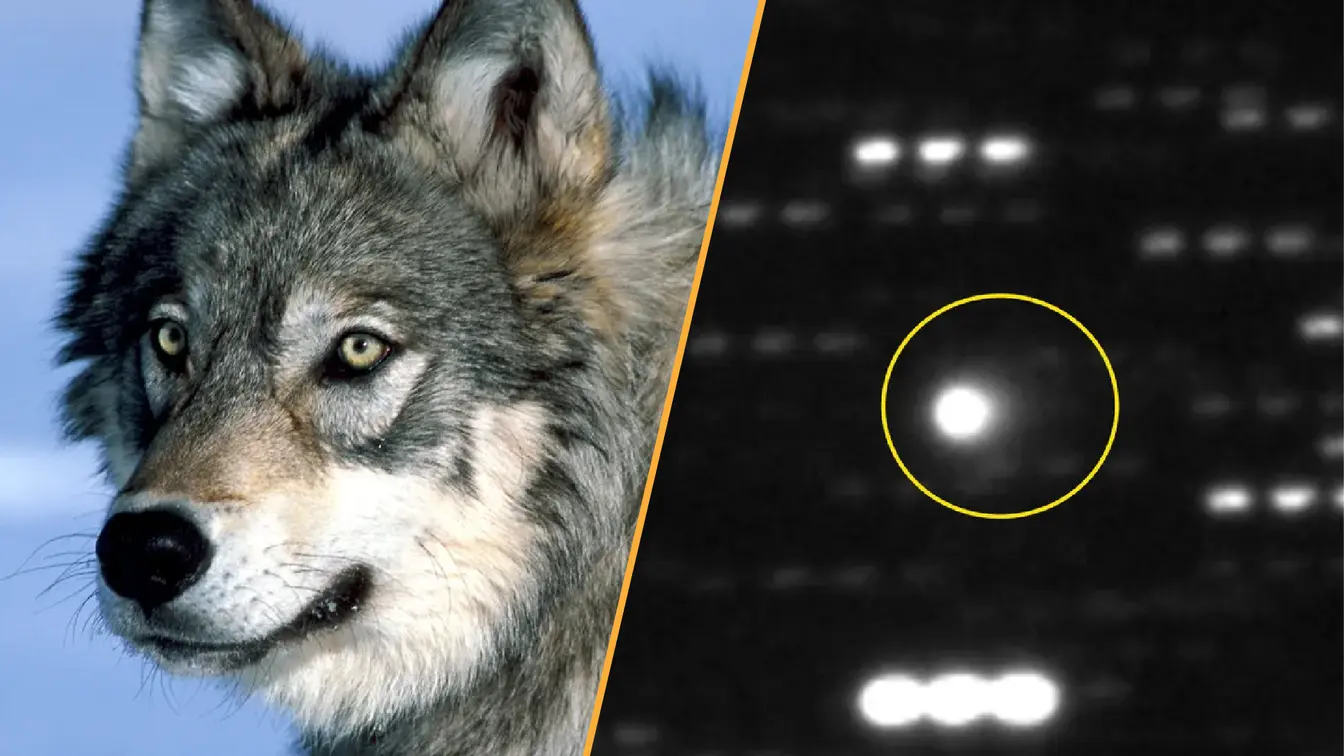T4K3.news
Hubble reveals interstellar comet 3I/ATLAS in stunning detail
The Hubble Space Telescope captures the clearest image yet of comet 3I/ATLAS, a fast-moving interstellar visitor.
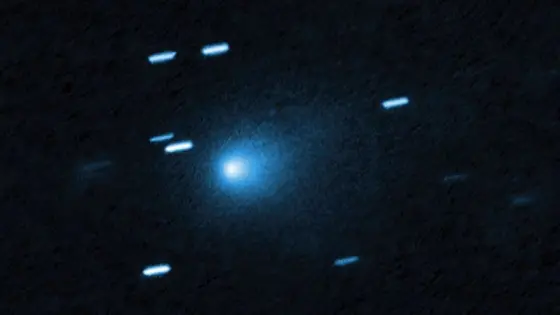
Hubble captures the clearest view yet of the interstellar comet 3I/ATLAS, enhancing our understanding of its characteristics.
Hubble Space Telescope reveals stunning image of interstellar comet
The Hubble Space Telescope has produced the clearest image of the interstellar comet 3I/ATLAS, observed on July 21 while 277 million miles from Earth. This object is unique as it travels at an extraordinary 130,000 miles per hour, making it the fastest interstellar object captured in our solar system. The recent imaging shows a teardrop-shaped dust cocoon emanating from its icy nucleus, which is estimated to be between 1,000 feet and 3.5 miles long. While astronomers have studied this comet extensively, questions about its origin remain unanswered. Lead researcher David Jewitt expressed the difficulty in tracing such a fast-moving object’s path back to its source in interstellar space.
Key Takeaways
"No one knows where the comet came from. It’s like glimpsing a rifle bullet for a thousandth of a second."
David Jewitt emphasizes the challenges in tracing the origin of the comet due to its fast speed.
"This latest interstellar tourist is one of a previously undetected population of objects bursting onto the scene."
David Jewitt highlights the potential for discovering more interstellar visitors with advancing technology.
The imaging of 3I/ATLAS offers crucial insights into our understanding of interstellar objects and their characteristics. With advancements in telescope technology, particularly the Hubble and the upcoming Vera C. Rubin Observatory, astronomers expect to discover more such visitors. As they analyze the speed and behavior of these comets, scientists can form better predictions about their origins and compositions. The unexpected speed of 3I/ATLAS challenges our current categorizations and highlights a rich tapestry of celestial phenomena just beyond our solar system.
Highlights
- The speed of 3I/ATLAS redefines our understanding of interstellar travel.
- 3I/ATLAS is a glimpse into the celestial wonders waiting to be discovered.
- This comet’s journey through our solar system was pure chance but carries great implications.
- Hubble's latest image opens doors to new discoveries beyond our solar neighborhood.
Potential implications of discovering more interstellar objects
As more interstellar objects like 3I/ATLAS are detected, there may be budgetary and scientific pressures to increase funding for observational astronomy. These findings could lead to international collaboration risks, as countries compete to understand these celestial entities first.
The discoveries surrounding 3I/ATLAS suggest a vibrant and dynamic interstellar environment awaiting exploration.
Enjoyed this? Let your friends know!
Related News
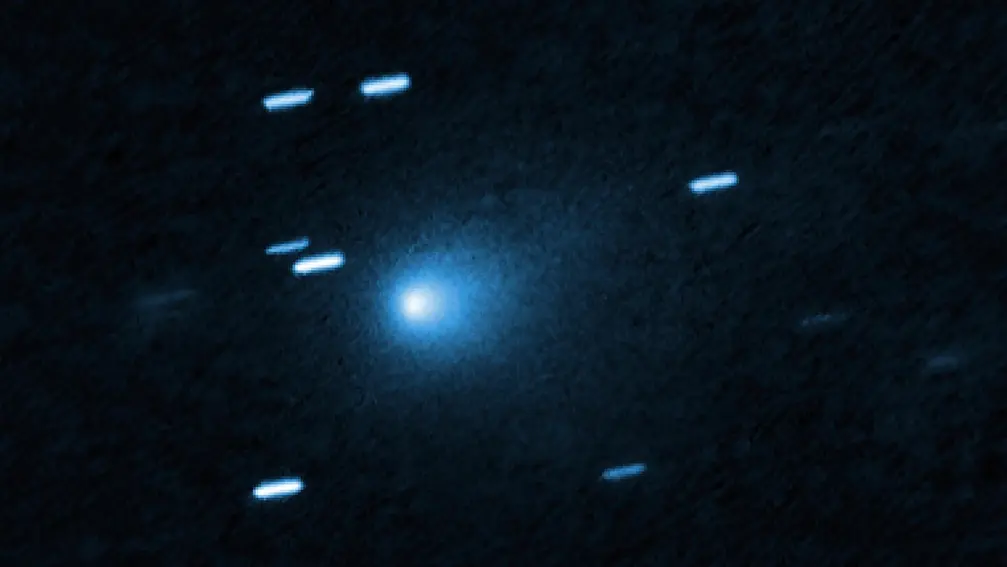
Hubble reveals best image of interstellar comet
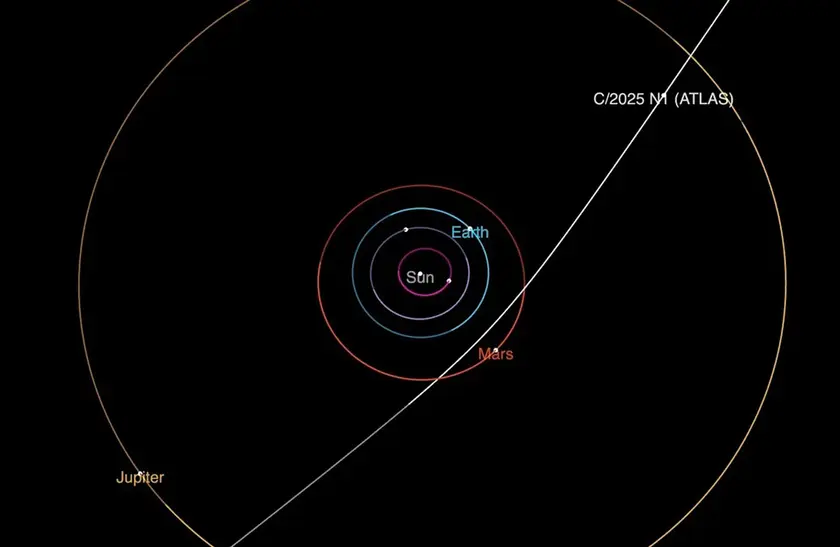
Interstellar comet image captured
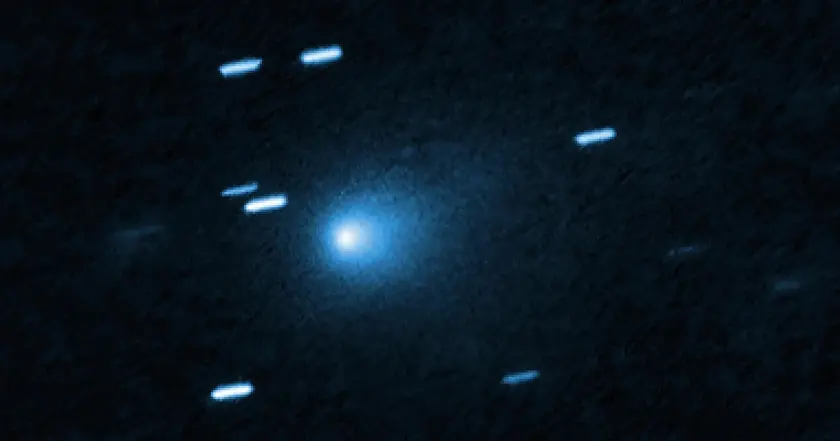
Hubble captures interstellar comet Atlas
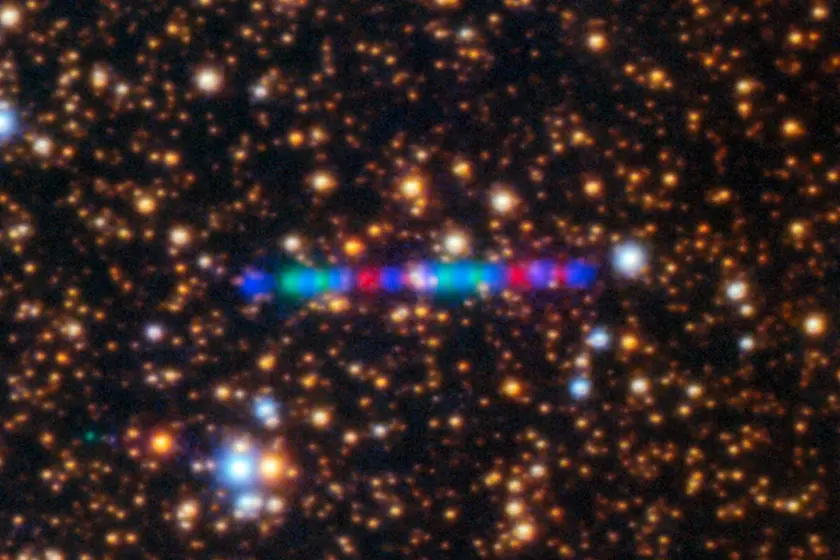
Gemini North images interstellar comet 3I/ATLAS
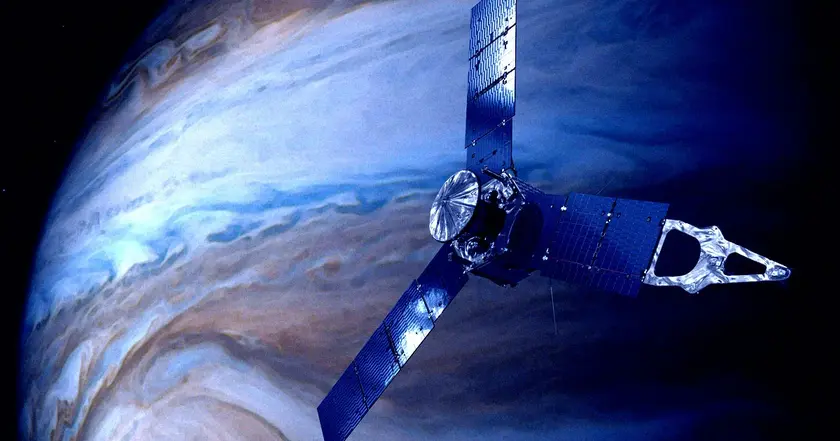
NASA weighs intercept of interstellar visitor 3I ATLAS

NASA plans to study interstellar object with Juno spacecraft

NASA astronauts capture stunning celestial events from ISS

Discovery of Comet 31/ATLAS Sparks Interest
